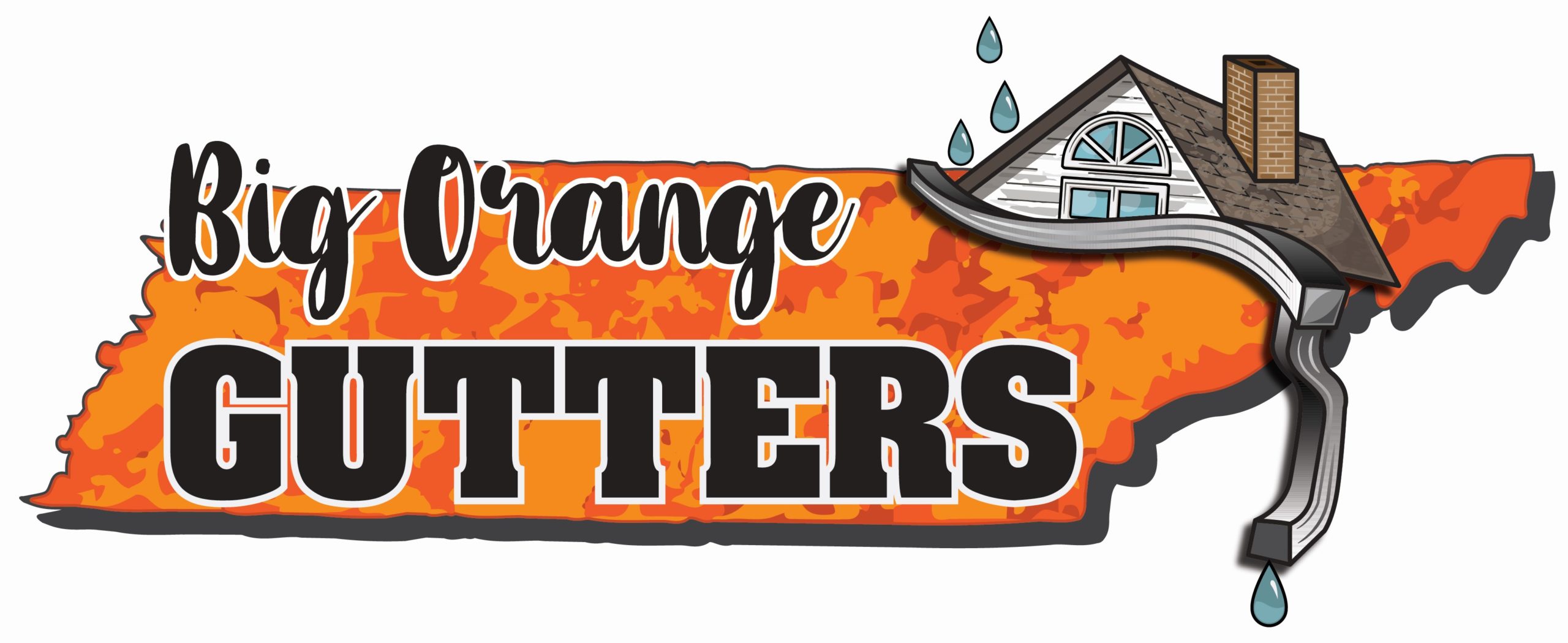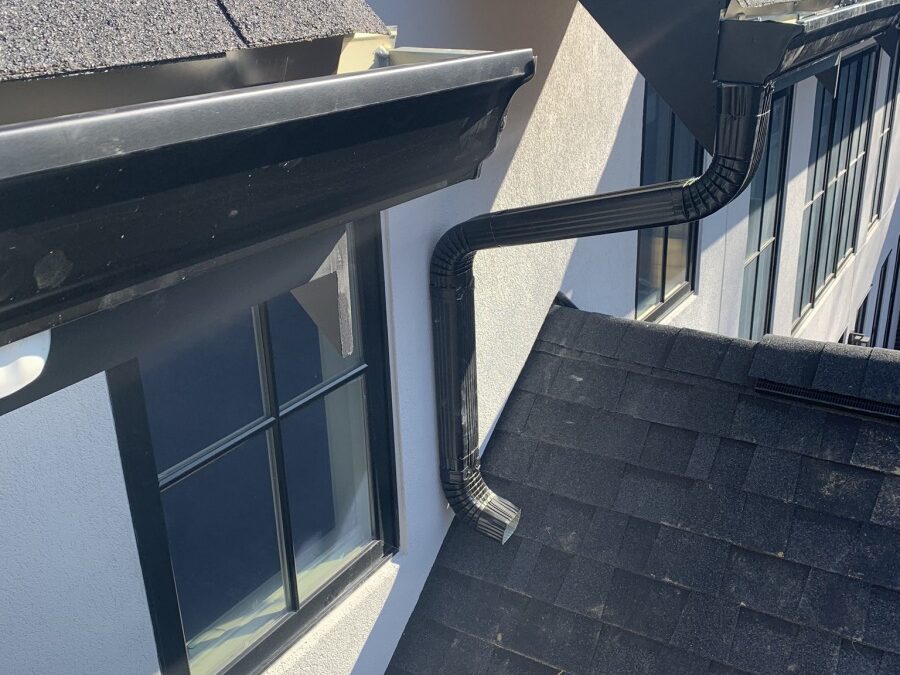Your home probably has gutters running along the edge of the roof, collecting rainwater and directing it away from your house and into the ground to prevent damage to your foundation. But how do gutters actually work? An article like this one explains the important role gutters play in any structure.
Gutter History
Gutters can be traced back to 3,000 BC. At this time, gutters were made from burnt clay bricks. Gutters in early American colonies, made with wooden boards in a V-shape and attached with wooden pins or cast-iron brackets, became very popular. By the late 1700s, most new homes in the United States began including built-in gutters, although today there are many materials available to use, with most made of aluminum to precisely match the dimensions of the house.
Anatomy of a Gutter System
There are a number of different kinds of gutters that use a number of different accessories. To better understand a gutter system, here’s an introduction.
Downspout
A gutter downspout is a vertical pipe that is connected to the gutter elbow. It drains the water from the gutter to the splash block.
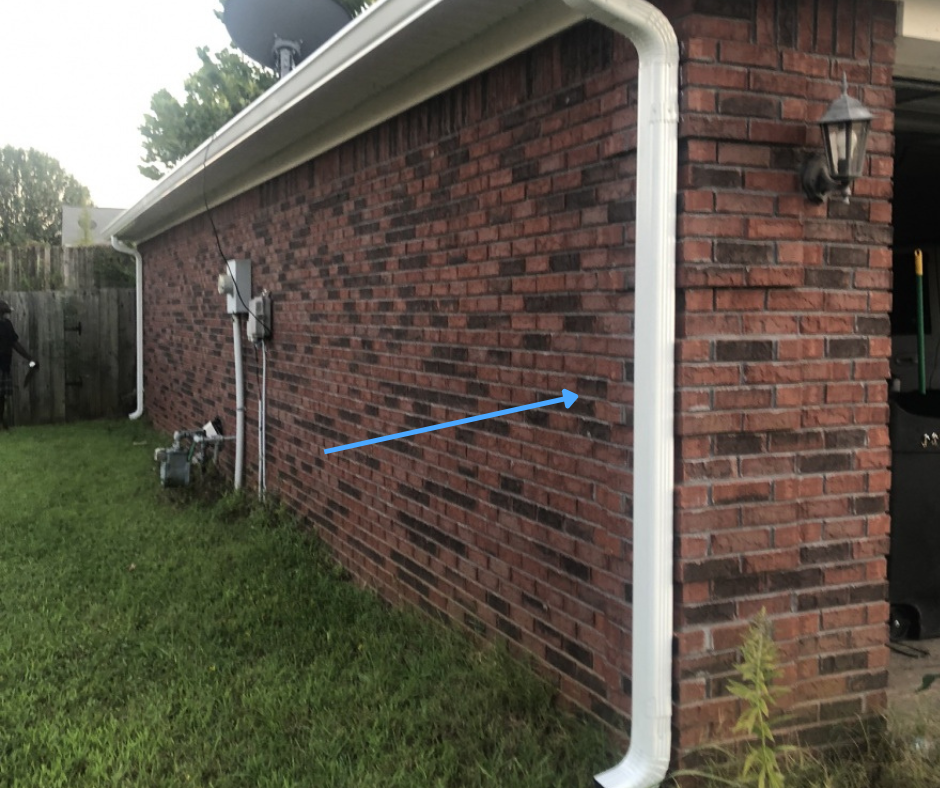

Elbows
A gutter elbow is a piece of downspout that is used to direct water from your gutters to the downspout. It can be contoured specifically for your style of home.
Drop Outlet
a gutter drop outlet is shaped like a “T” and allows for water to escape the gutter and flow into the elbow or downspout.

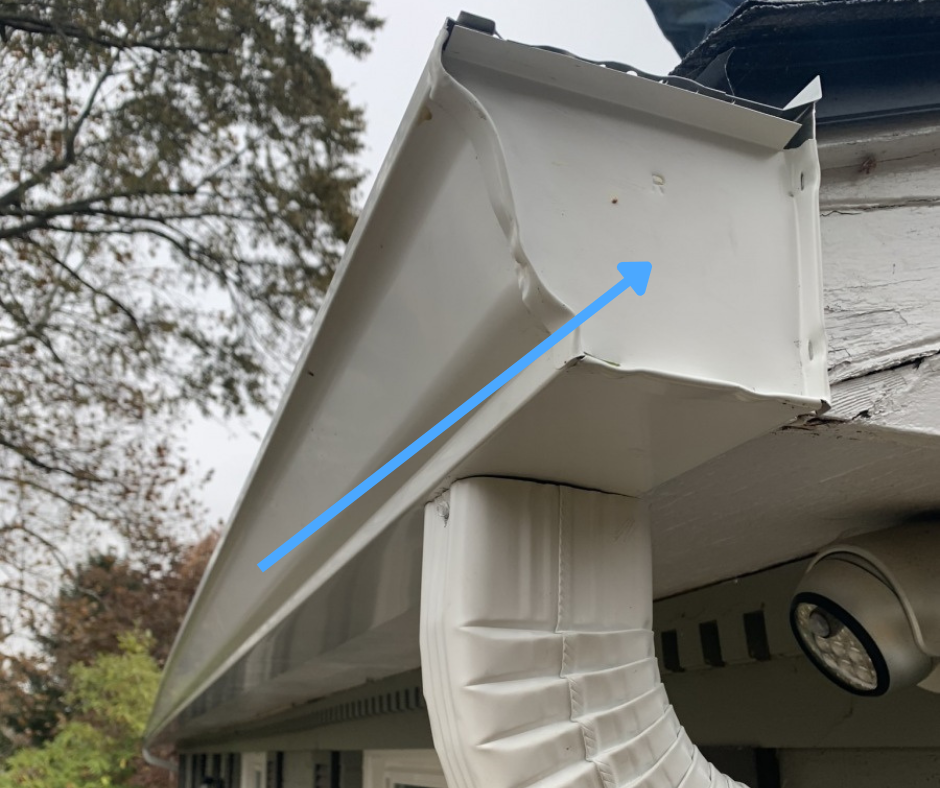
End Cap
A gutter end cap is attached to the end of a gutter. It prevents water leaking out of the gutter.
Gutter Guard
A gutter guard is a piece that goes overtop of the gutter that prevents leaves and debris from clogging.
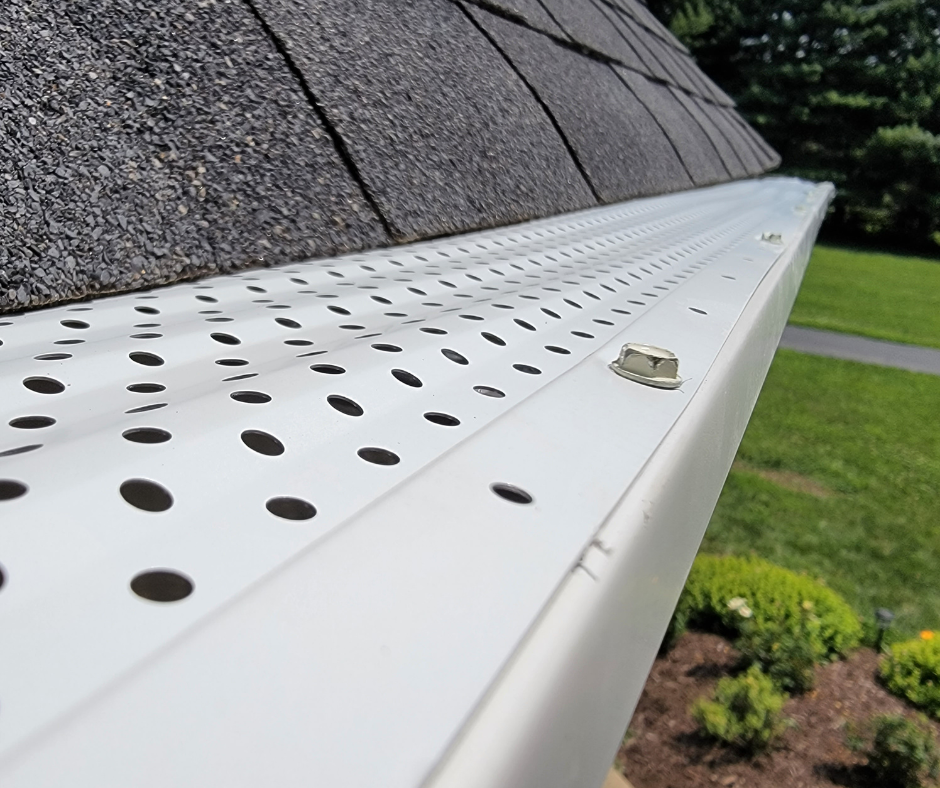
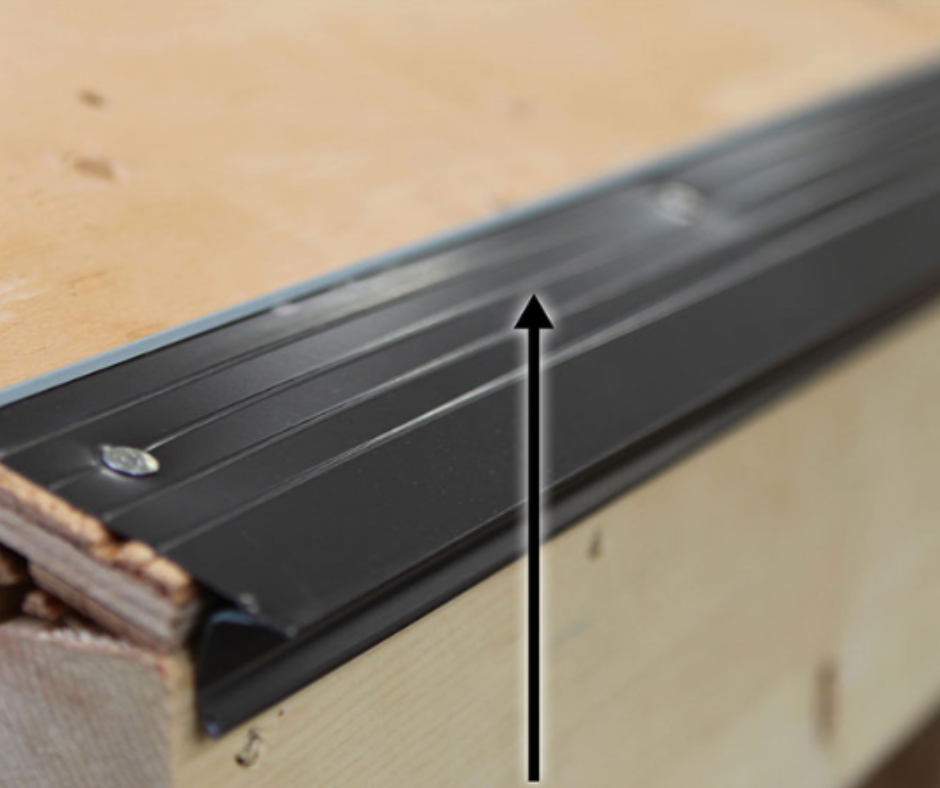
Drip Edge
A gutter drip edge is a flashing that directs the water into the gutter. It is made out of non-corrosive and non-staining materials and is installed during roofing.
There is so many more parts that can be added to your gutter system. Contact Us today to see how we can protect your home from water damages.
How Can I Tell If I Need Repairs?
Identifying the signs that your gutters need repair is very important. Here are a few different signs to keep a look out for.
1. Paint peeling or rust.
2. Your gutters are sagging or have started to move away from the house.
3. Pools of water that have started to form around the foundation of your home.
4. Mildew or staining in your home’s attic.
5. There is hardware from your gutters on the ground.
6. Water is overflowing from the sides of your gutters.
7. Cracks in your gutter.
If you notice any of these signs or other damages, contact us below!
